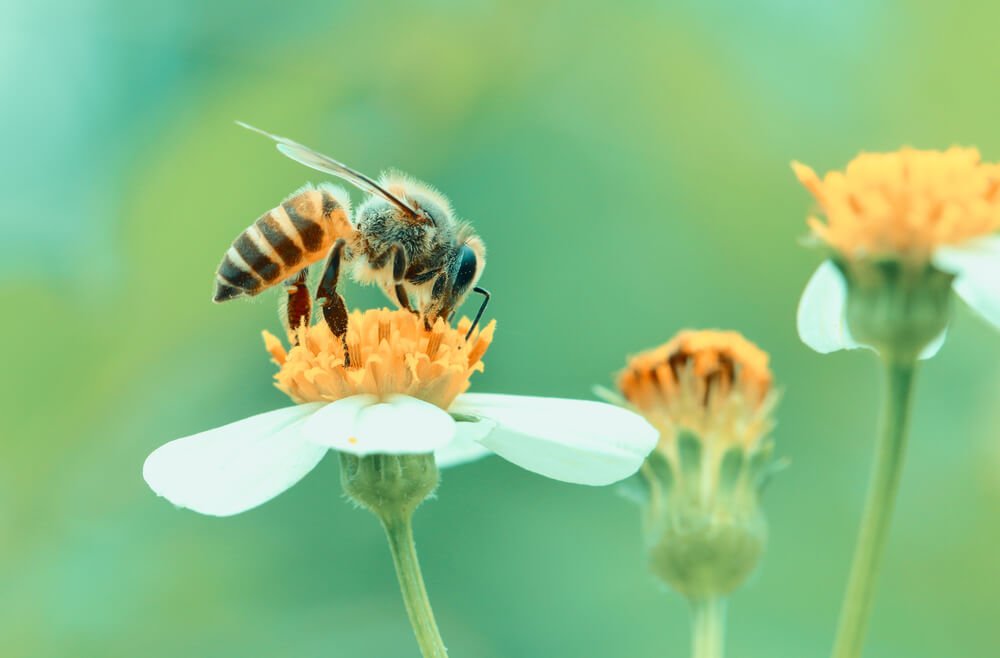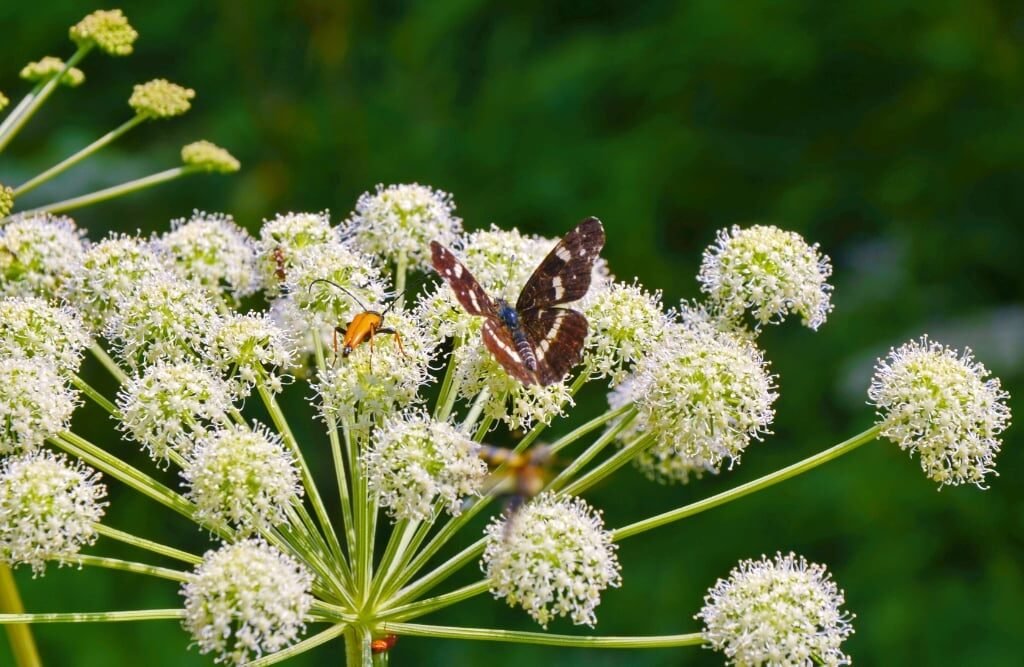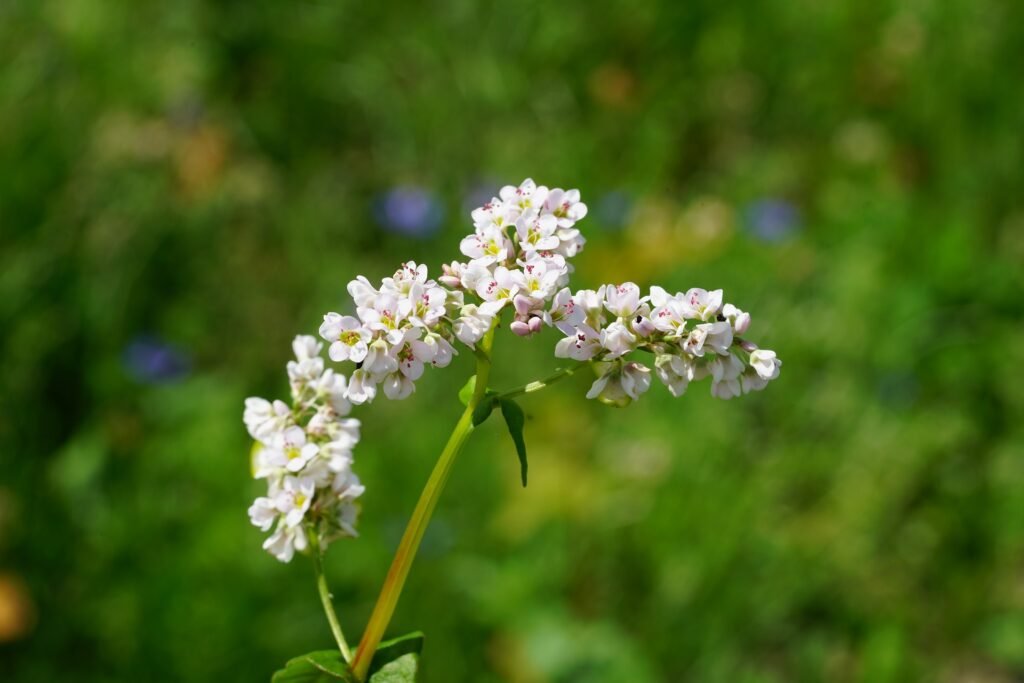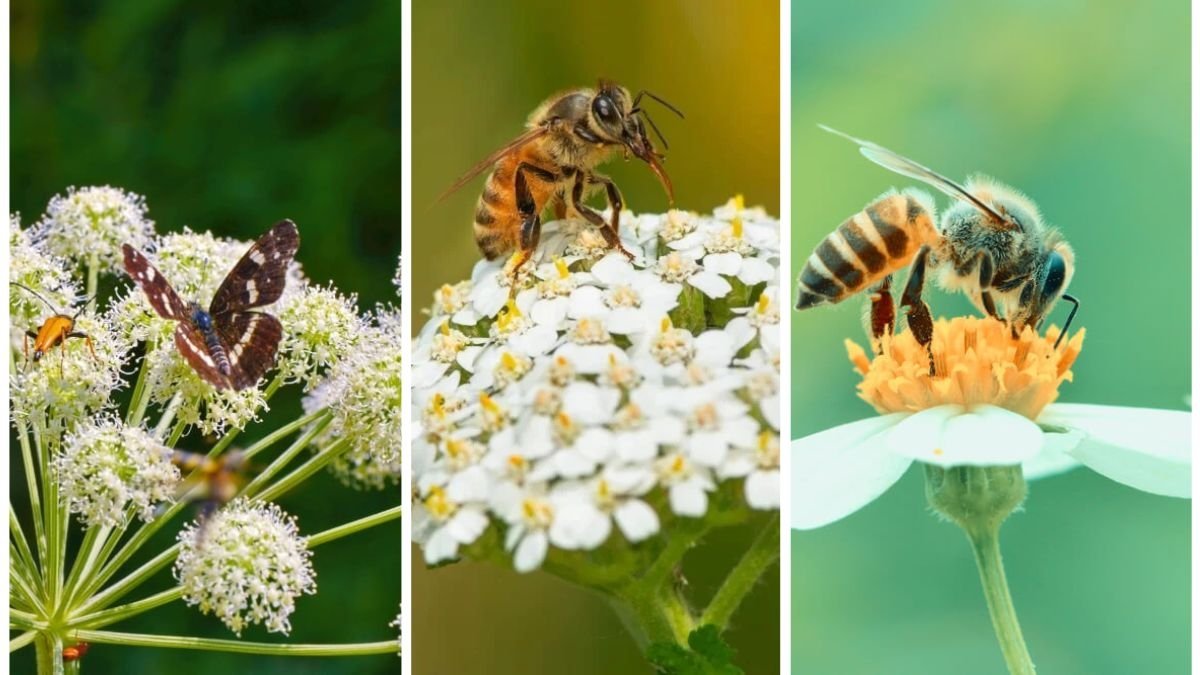A thriving garden is not only about vibrant flowers or lush vegetables—it’s about balance. One of the most effective ways to maintain a healthy garden ecosystem is by attracting beneficial predatory insects. These natural allies help control pests, pollinate flowers, and reduce the need for chemical interventions. Selecting the right plants can make your garden a welcoming habitat for these insects, boosting both productivity and biodiversity.
This article explores the best plants to attract beneficial predatory insects, explaining their role, the types of insects they attract, and practical strategies for planting them effectively.
Understanding Beneficial Predatory Insects

Beneficial predatory insects are natural enemies of common garden pests. They feed on aphids, caterpillars, mites, and other insects that can damage plants. By attracting these insects, gardeners create a self-regulating ecosystem that minimizes pest outbreaks naturally.
Common Beneficial Predatory Insects
- Ladybugs (Coccinellidae): Feed primarily on aphids, mealybugs, and spider mites.
- Lacewings (Chrysopidae): Their larvae consume a wide variety of soft-bodied insects.
- Hoverflies (Syrphidae): Larvae feed on aphids, while adults act as pollinators.
- Parasitic Wasps: Lay eggs in pest insects, naturally controlling their population.
- Predatory Beetles: Ground beetles and rove beetles feed on soil-dwelling pests like slugs and grubs.
Understanding these insects’ needs helps in selecting the most effective plants to attract them.
1. Umbelliferous Plants: A Top Choice

Umbelliferous plants, also called Apiaceae, have umbrella-shaped flower clusters that are particularly attractive to predatory insects.
Examples
- Fennel (Foeniculum vulgare): Aromatic herb that attracts ladybugs, lacewings, and parasitic wasps.
- Dill (Anethum graveolens): Supports hoverflies and predatory wasps.
- Coriander/Cilantro (Coriandrum sativum): Flowers provide nectar and pollen for beneficial insects.
- Caraway (Carum carvi): Another excellent option for lacewings and hoverflies.
Why They Work
- Their small, nectar-rich flowers provide easy access for insects with short mouthparts.
- Dense flower clusters offer landing platforms and shelter for predatory insects.
- Aromatic foliage adds an additional layer of attraction for insects.
Planting umbelliferous herbs in garden edges or interspersed with crops creates a magnet for natural pest controllers.
2. Flowering Herbs

Many flowering herbs serve a dual purpose: they are edible and attract beneficial insects.
Examples
- Borage (Borago officinalis): Blue star-shaped flowers attract hoverflies and bees.
- Thyme (Thymus vulgaris): Tiny flowers appeal to predatory wasps and lacewings.
- Marjoram (Origanum majorana): Supports parasitic wasps while offering aromatic foliage.
- Mint (Mentha spp.): Provides shelter and nectar for various beneficial insects.
Planting Tips
- Allow herbs to flower fully; do not cut them prematurely, as blooms are essential for nectar.
- Grouping herbs in sunny spots encourages maximum insect activity.
- Combine flowering herbs with vegetables to integrate natural pest control into crop areas.
Flowering herbs not only support predatory insects but also enhance garden aesthetics and culinary value.
3. Native Wildflowers

Native wildflowers are well-adapted to local climates and attract a wide variety of beneficial insects.
Examples
- Coneflowers (Echinacea spp.): Attract hoverflies and parasitic wasps.
- Yarrow (Achillea millefolium): Supports lacewings and predatory beetles.
- Black-eyed Susans (Rudbeckia hirta): Provide nectar for adult insects and shelter for larvae.
- Goldenrod (Solidago spp.): Dense flower clusters attract ladybugs and parasitic wasps.
Advantages
- Native species are low-maintenance and drought-tolerant.
- Provide year-round habitat and nectar sources for beneficial insects.
- Enhance biodiversity by supporting other pollinators and wildlife.
Planting wildflower borders or interspersing them among crops maximizes insect attraction while reducing garden maintenance.
4. Cover Crops and Companion Plants
Some cover crops and companion plants serve multiple roles, including pest suppression and attracting predatory insects.
Examples
- Buckwheat (Fagopyrum esculentum): Fast-growing cover crop that attracts hoverflies, lacewings, and parasitic wasps.
- Sweet Alyssum (Lobularia maritima): Low-growing flowers that attract ladybugs and hoverflies.
- Clover (Trifolium spp.): Supports ground-dwelling predatory beetles while enriching the soil with nitrogen.
- Sunflowers (Helianthus annuus): Provide nectar and seeds, attracting parasitic wasps and pollinators.
Implementation Tips
- Use cover crops in fallow areas to maintain a constant food source for insects.
- Intercrop companion plants with vegetables to provide shelter and nectar close to pests’ feeding sites.
- Rotate cover crops seasonally to support year-round predatory insect populations.
Cover crops and companion planting are practical strategies for integrating natural pest control into productive garden areas.
5. Plants with Extended Blooming Periods
For continuous attraction of beneficial insects, select plants that bloom over extended periods:
Examples

- Cosmos (Cosmos bipinnatus): Long-lasting flowers attract lacewings and hoverflies.
- Calendula (Calendula officinalis): Provides nectar throughout summer and early fall.
- Lavender (Lavandula spp.): Attracts parasitic wasps and hoverflies while offering aromatic foliage.
- Salvia (Salvia spp.): Long bloom period supports adult predatory insects over several months.
Benefits
- Extended nectar supply sustains adult insects, ensuring they remain in the garden even when pest populations fluctuate.
- Flowers serve as habitat for egg-laying, encouraging local insect reproduction.
- Continuous blooms maintain a balanced ecosystem throughout the growing season.
Strategically planting long-blooming flowers ensures beneficial insect populations remain high, providing ongoing pest control.
Additional Tips for Attracting Beneficial Insects
- Avoid Broad-Spectrum Pesticides: Chemicals harm predatory insects and reduce their effectiveness.
- Provide Shelter: Leaf litter, mulch, and small brush piles offer hiding places for adult and larval insects.
- Diverse Planting: Mix flower shapes, colors, and heights to appeal to different species.
- Maintain Water Sources: Shallow dishes or small ponds help insects stay hydrated, especially during dry periods.
Creating a garden environment that meets food, shelter, and water needs ensures a thriving population of beneficial predatory insects.
Conclusion
Beneficial predatory insects are essential allies for gardeners seeking natural pest control. By selecting the right plants—umbelliferous herbs, flowering herbs, native wildflowers, cover crops, and long-blooming species—gardeners can attract and sustain populations of ladybugs, lacewings, hoverflies, parasitic wasps, and predatory beetles.
A garden designed with these plants not only reduces pest damage but also supports pollinators, enriches soil health, and enhances biodiversity. Integrating these strategies into garden planning promotes a self-regulating ecosystem that minimizes chemical use while maximizing productivity and beauty.
Ultimately, choosing plants to attract beneficial predatory insects transforms a garden into a resilient, eco-friendly environment, where pests are naturally controlled, plants thrive, and gardeners enjoy the satisfaction of working in harmony with nature.

Leave A Comment